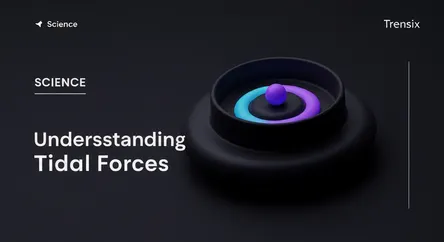Science
Understanding Tidal Forces

Discover tidal forces, the gravitational effect that stretches bodies. Learn how the Moon's gravity causes Earth's ocean tides and affects space.
What is it?
A tidal force is the difference in gravitational pull experienced by an object across its diameter. It's not the force of gravity itself, but the gradient, or change in that force. For example, the side of the Earth closer to the Moon is pulled more strongly than the far side. This differential pull stretches the Earth, causing the oceans to bulge on both the near and far sides, which we experience as high tides. This stretching effect is the essence of a tidal force and applies to any object in a gravitational field, from planets to stars and even galaxies.
Why is it trending?
Tidal forces are a key concept in many new astronomical discoveries. Scientists studying exoplanets often look for signs of 'tidal locking,' where a planet always shows the same face to its star, drastically affecting its climate. The dramatic phenomenon of black holes tearing stars apart, known as 'spaghettification,' is an extreme example of tidal forces at work. As our telescopes peer deeper into the cosmos, understanding these fundamental forces becomes crucial for interpreting how celestial bodies interact and evolve.
How does it affect people?
The most direct effect of tidal forces on people is the creation of ocean tides. These tides are vital for coastal ecosystems, navigation, fishing industries, and renewable energy generation through tidal power. Over geological timescales, tidal forces from the Moon are gradually slowing Earth's rotation, lengthening our day. In space exploration, calculating tidal forces is essential for mission planning, as they can alter the trajectory of a spacecraft or even tear apart a moon or asteroid that strays too close to a large planet.